TL;DR (too long; didn’t read)
About 15 million years ago, an asteroid more than a kilometer in size collided with the Earth and struck what is now southern Germany. A crater, 25 kilometer in diameter, was created, which is still preserved today: the Nördlinger Ries. We invite you to discover the crater with two 3D models: first, a model of the entire crater and second, a centimeter-scale model of the Aumühle quarry, one of the most exciting geotopes of the Ries crater.
The Ries crater is one of the best preserved and best studied impact craters on Earth. In the early 1960s it was proven that the crater was formed by the impact of an asteroid (Shoemaker & Chao, 1961) and not by a volcano as previously assumed. Since that time, intensive research has been conducted on the rocks in and around the Ries. Scientists and students from all over the world come here because of the crater and its rocks.
Not far from the Ries crater there is another meteorite crater: the Steinheim Basin (Fig. 1). This is also called the little sister of the Ries crater because of its smaller size of just under four kilometers and its formation at about the same time as the Ries crater.
The Ries crater is well developed for tourism. Interested visitors can explore the crater on hiking and biking trails, geological nature trails and in signposted geotopes. In the historic old town of Nördlingen, the RiesKraterMuseum offers the opportunity to learn more about the cosmic catastrophe. The region is a national geopark.
The asteroid impact
The Ries asteroid hit what is today the Franconian-Swabian Alb with a speed of at least 70,000 km/h (e.g., Stöffler et al., 2013). A shock wave swept across the Alb like a hurricane, and the landscape caught fire up to a hundred kilometers away. An impact crater about 500 meters deep with a diameter of 25 km was formed (Fig. 1) (e.g., Pohl et al., 1977). Below the crater, a shock wave speeded through the rock, and the bedrock was shattered kilometers deep. Rock material was ejected from the crater, and a blanket of debris covered the surrounding landscape (the so-called Bunte Breccia). A mixture of vaporized and molten rock and ash rose in an explosion cloud and then fell back to the earth’s surface. The solidified mixture formed the impact rock suevite (derived from the Latin “Suevia” for Swabia).
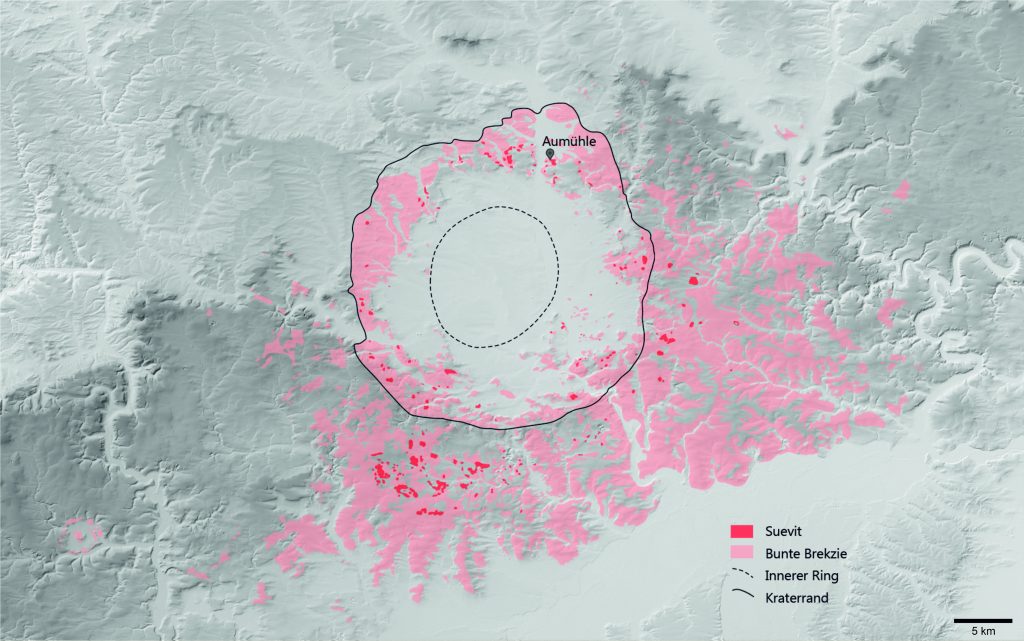
Due to the heat and energy of the approaching asteroid, the surface sediments of the Alb plateau – the sands of the Upper Freshwater Molasse (e.g., Graup et al., 1981) – were melted and flung away. As a result, a rain of hot glass fell at up to 450 kilometers from the Nördlinger Ries (e.g., Engelhardt et al., 1987; Lange, 1996). The resulting green impact glasses, the so-called moldavites (see 3D model), are found today in the Czech Republic, Austria, and Germany.
The catastrophic event of impact and cratering probably lasted about ten minutes, after which all life within a radius of 100 kilometers was extinguished. However, life soon returned to the region: a lake formed in the crater (e.g., Arp et al., 2013), and a diverse flora and fauna settled there. The crater lake was dried up after about two million years due to the input of sandy-clay sediments that eventually filled the crater structure completely. During the ice age, some of the sediments were blown out again, and loess was deposited in the crater cavity. Today, the Ries is a fertile landscape and an exceptional natural area.

The Aumühle quarry
The Aumühle quarry is located in the northeast of the Ries crater on the outer crater rim and is one of the most interesting geotopes in the Ries. The quarry is actively mined, which is why a permit from the Märker company is required for a visit. The mining also leads to the fact that the appearance of the geotope changes again and again. The 3D model shows the state of August 2021.
The geotope shows in a unique way the two typical rock products of the Ries impact: below the Bunte Breccia, above the suevite. In the quarry one can view the irregular topography of a bizarre rubble landscape of the Bunte Breccia, on which the suevite was deposited (Hüttner & Schmidt-Kaler, 1999).
The Bunte Breccia consists of a mixture of the rocks originally present at the impact site, i.e., gneisses and granites of the basement, red and brown sandy-toned sediments, and gray limestones from the Jurassic and Triassic (e.g., Hüttner & Schmidt-Kaler, 1999). Particle size ranges from fine rock dust to blocks with several meter size. In the sediments of the Bunte Breccia at Aumühle, Belemnites can be found. These tubular fossils are dissected by parallel transverse fractures due to the energy of the impact. However, they are sometimes still completely preserved. A particularly beautiful and large specimen can be seen here as a 3D scan.
The suevite consists of a fine gray ground mass of rock ash, larger rock fragments and the so-called “Flädle ” (Swabian expression). With the expression no pancakes are meant, but dark flat shaped rock glass, thus fragments of once molten rock. In the suevite, researchers also found the first evidence that the Ries crater is an impact crater: Microscopic minerals, including coesite (Shoemaker & Chao, 1961), stishovite (Chao & Littler, 1963), and diamonds (e.g., Hough et al., 1995), which only form under extremely high pressures that cannot be realized by “terrestrial” geologic processes at the Earth’s surface under natural conditions. In the Aumühle quarry another special feature of the suevite can be seen, so-called degassing pipes: The approximately parallel, often grouped vertical tubes were formed when the hot suevite was deposited on the cooler Bunte Breccia. The heat released fluids from the rock, which then made their way upward as gases through the solidifying suevite (e.g. Engelhardt, 1972).
Access to the quarry by registration only!
Märker Zement GmbH
Oskar-Märker-Straße 24
86655 Harburg
Tel. 0049 9080 8278
Mining of suevite
Suevite is used as a building stone because it is easy to work and has good insulating properties. St. George’s Church in Nördlingen was built of suevite at the end of the 15th century. The total amount of diamonds in the building fabric of the church is estimated to be several kilograms. However, the individual crystals are not larger than about 300 µm (Schmitt et al., 2005). The suevite from the Aumühle is mined for cement production.
3D models
Impressions
References
Arp, G., Blumenberg, M., Hansen, B. T., Jung, D., Kolepka, C., Lenz, O., Nolte, N., Poschlod, K., Reimer, A., & Thiel, V. (2013): Chemical and ecological evolution of the Miocene Ries impact crater lake, Germany: A reinterpretation based on the Enkingen (SUBO 18) drill core. Bulletin, 125(7-8), 1125-1145.
Chao, E. C. T. & Littler, J. (1963): Additional evidence for the impact origin of the Ries basin, Bavaria, Germany. Geological Society of America Special Paper, 73, 127.
Engelhardt, W. V. (1972): Shock produced rock glasses from the Ries crater. Contributions to Mineralogy and Petrology, 36(4), 265-292.
Engelhardt, W. V., Luft, E., Arndt, J., Schock, H. & Weiskirchner, W. (1987): Origin of moldavites. – Geochimica et Cosmochimica Acta, 51(6), 1425-1443.
Graup, G., Horn, P., Köhler, H. & Müller-Sohnius, D. (1981): Source material for moldavites and bentonites. Naturwissenschaften, 68(12), 616-617.
Hough, R. M., Gilmour, I., Pillinger, C. T., Arden, J. W., Gilkess, K. W. R., Yuan, J. & Milledge, H. J. (1995): Diamond and silicon carbide in impact melt rock from the Ries impact crater. Nature, 378(6552), 41-44.
Hüttner, R. & Schmidt-Kaler, H. (1999): Die Geologische Karte des Rieses 1: 50 000 (2. überarbeitete Auflage). – Geologica Bavarica, 104, 7-76.
Lange, J. M. (1996): Tektite glasses from Lusatia (Lausitz), Germany. – Chemie der Erde – Geochemie, 56(4), 498-510.
Pohl, J., Stoeffler, D., Gall, H. V. & Ernstson, K. (1977): The Ries impact crater. In Impact and explosion cratering: Planetary and terrestrial implications 343-404.
Schmitt, R.T., Lapke, C., Lingemann, C.M., Siebenschock, M., and Stöffler, D. (2005): Distribution and origin of impact diamonds in the Ries crater, Germany, in Kenkmann, T., Hörz, F., and Deutsch, A., eds.: Large meteorite impacts III: Geological Society of America Special Paper 384, 299-314.
Shoemaker, E. M. & Chao, E. C. (1961): New evidence for the impact origin of the Ries Basin, Bavaria, Germany. – Journal of Geophysical Research, 66(10), 3371-3378.
Stöffler, D., Artemieva, N. A., Wünnemann, K., Reimold, W. U., Jacob, J., Hansen, B. K. & Summerson, I. A. (2013): Ries crater and suevite revisited—Observations and modeling Part I: Observations. Meteoritics & Planetary Science, 48(4), 515-589.

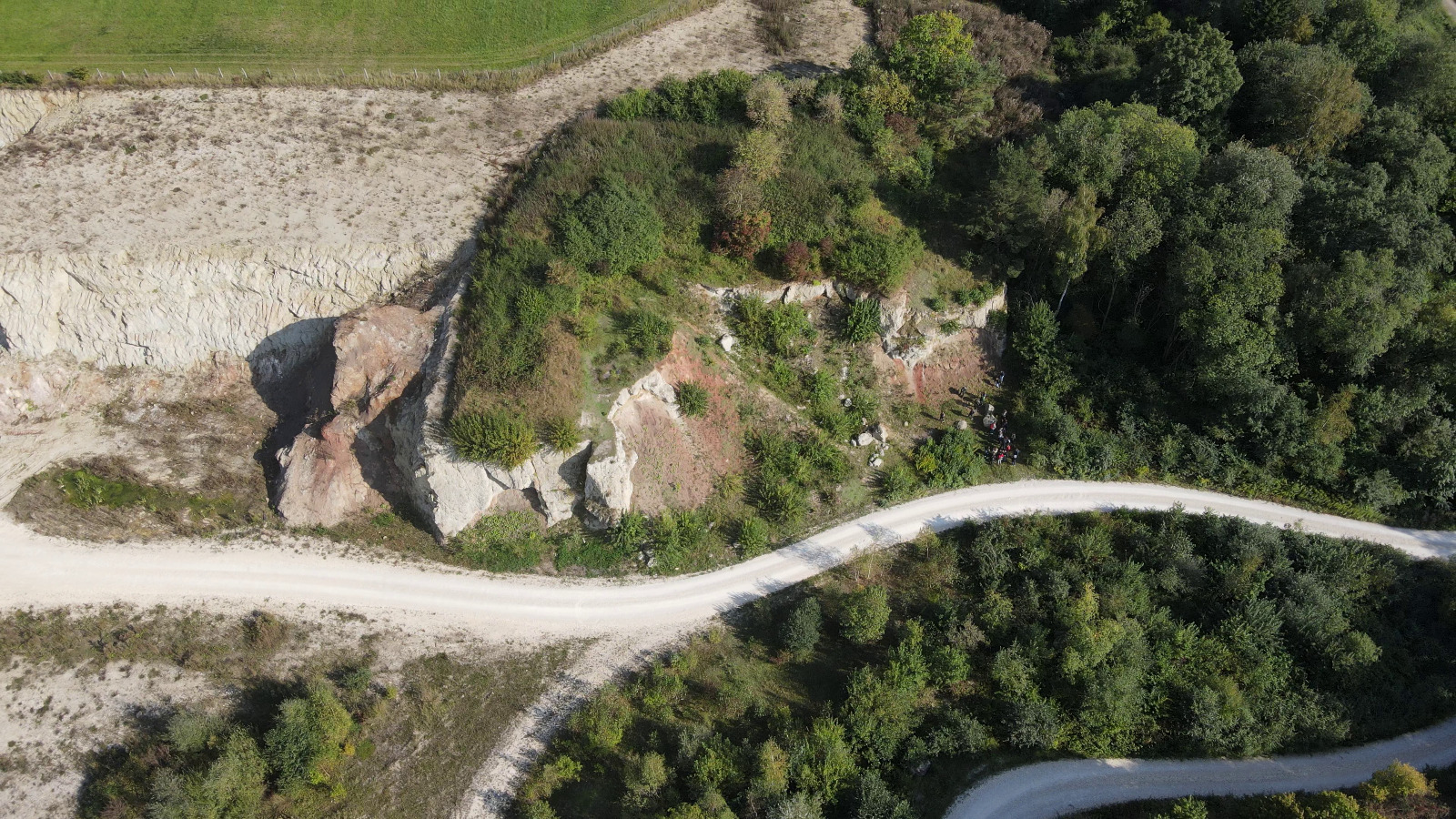
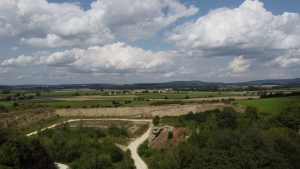
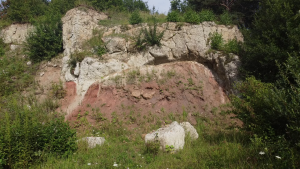


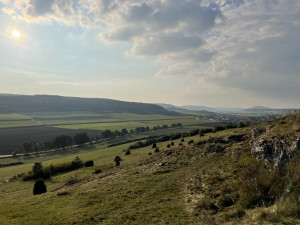


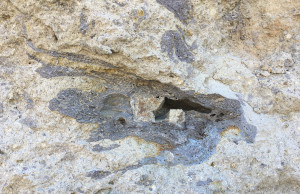
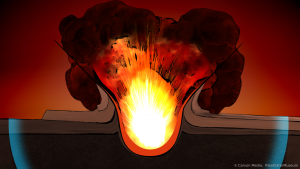
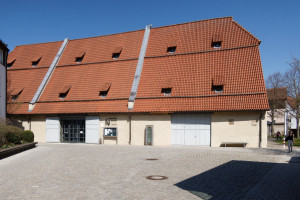
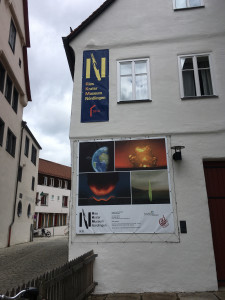
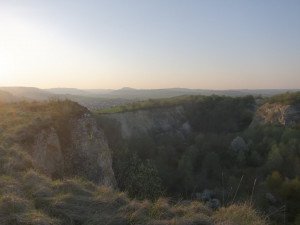
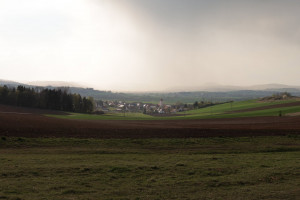
One Reply to “The Nördlinger Ries impact crater”